Trinity River
Steelhead Poster
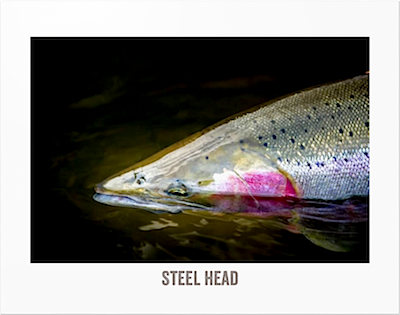

Premium Poster Print of STEELHEAD. Poster measures 22" x 28" on a matte finish. High quality printing provides optimized brightness and sharp detail. Made in USA.
Please allow for three to five business days for order to be processed. You will be notified by e-mail once the poster has been packaged and shipped to the address in the order.
Directions
From Redding From Interstate 5, take Highway 299 going East. Drive about 39 miles to reach Douglas City and turn left out of the highway onto Steiner Flat Road.
Trinity River Winter Run Steelhead
The collective subconscious of folks living in the Western United States has been focused on one thing for 2015 - RAIN. Some of us wish the rain for our plants to perk up, and then there are those of us who wish it for our fish to perk up. Selfishly, I'm in the latter camp.
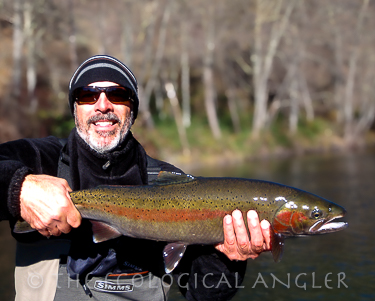
During extremely dry months (e.g. October, November) that Northern California has experienced in the last 3 years, steelhead tend to anchor in the deeper sections of a river like the Trinity. The advantage - locating steelhead. The disadvantage - triggering them to eat. If these fish are eating flies and getting repeatedly hooked by anglers, then it's just a matter of time before they end up with lock-jaw or filleted for dinner. Soon those known buckets holding steelhead stop yielding grabs.
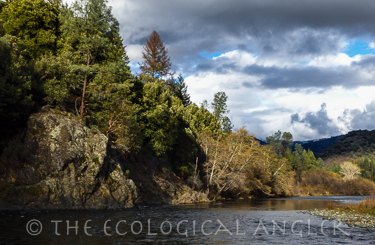
Timing steelhead migration is tricky at best, and planning a fishing trip around their movement is nearly impossible. The key ingredient for their migration is increased stream flow. Planning a steelhead trip months in advance? Then be sure to study the hydrological charts. Get familiar with the flow cycle of the stream during the winter run migration. Comb through the historical data and look for patterns where the flow begins to pulse. Doing some homework here will put you in range (at least on average) where the flows can work in your favor.
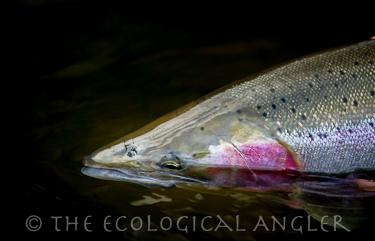
According to Steve Buckner, Northwest Fly Fishing guide: "Rain is an important variable in the Steelhead equation. As the rain falls, the rivers begin to rise and this triggers Steelhead to migrate high into their native streams. The rising water and the flush of minerals instill a sense of urgency in Steelhead to migrate upriver. They may move upriver quite quickly and they’ve been documented to travel over 20 miles in a 24-hour period. While rising rivers signal upstream migration, dropping rivers tend to set up ideal fishing conditions. After moving further up their natal rivers, Steelhead become more aggressive. You want to time your trips to target Steelhead after the rains have raised the river and when the water is beginning to drop."
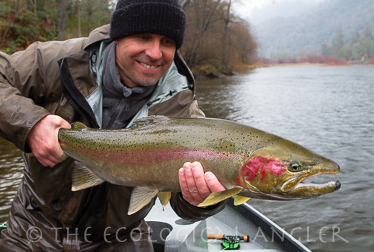
Steelhead move with rainfall. The big upstream push happens when the stream’s hydrograph starts declining after rainfall. After the flow strikes, steelhead migrate day or night if the stream provides cover in the form of turbidity or surface turbulence (i.e., from high flows). Once the water clears, however, steelhead will restrict their movements to nighttime. In this scenario, steelhead typically will rest the next morning in shallow edge-water areas only a few inches deep.
